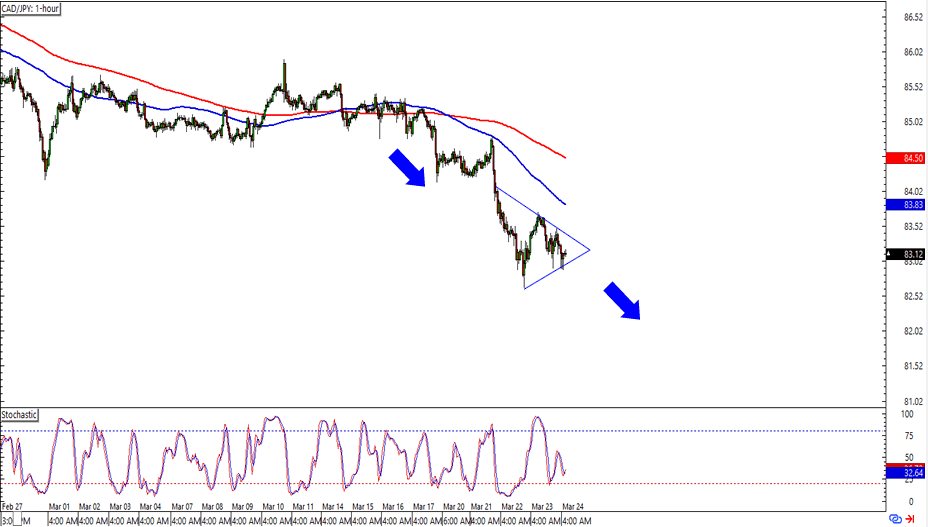Daily Insights Report 24/03/17
- 31 Mar 2017
24 Mar 2017
The Nikkei Japan Flash Manufacturing PMI fell to 52.6 in March of 2017 from 53.3 in February and missed what the market predicted of 53.5. This is the slowest reading seen since December 2016, likely due to a slowdown in output. New orders and export orders combined with business confidence fell to a four-month low. The chart below shows how Japan’s factory activity has changed in recent months.

– GBP showed some strength after data showing that UK retail sales rose 1.4% last month, which is much higher than expectations. The year-over-year- growth rate climbed to 3.7% from 1% in January. Looking more carefully at the available data, it shows that the three months to February, sales volumes actually declined by 1.4% compared to the previous three months. This could suggest a slowdown is underway.
– The Euro fell by a slight 0.1% against the USD to reach $1.0784 although the USD was down 0.2% against the Yen at a four-month low of 110.89. The Euro was expected to strengthen slightly as the ECB allocated cheap loans to banks under the final TLTRO2 operation.
– The New Zealand Dollar (NZD) was down 0.2% against the USD at $0.7030 after the country’s central bank decided to hold interest rates at a record low of 1.75% and gave some indication that any changes this year would be unlikely.
Commodities
– Gold ran into some trouble after six days of consecutive gains. The metal was down $3 at $1,245 per ounce
– Oil prices remained on the back foot since worries about higher levels of US crude inventories continued to grow. Brent crude fell by 0.2% and reached $50.56 a barrel.
– Copper edged up by 0.2% to reach $5,825 a tonne. This comes after the news of the world’s biggest mine would resume production after a 43-day stoppage.
United States Dollar (USD)
Durable Goods Orders (February)
The forecast for this data is 1.4% overall, with a 0.6% reading excluding transportation. Core durable goods orders is expected to rise in February after falling for the first time in seven months in January. Even though January saw a dip, core orders rose 10% annually in the past three months, which is the best result in three years. The upturn in demand reflects rising domestic confidence and improved economic prospects around the world in both developed and developing economies.
Euro (EUR)
France GDP (Q4)
The French economy likely grew 0.4% quarter-over-quarter in the three months to December, after having added 0.2% in the previous quarter. Household consumption was the main contributor, while net exports caused the greatest slack. The annual expansion rate slowed down as well – to 1.1%. Looking at the whole year, the French economy added 1.1% in 2016 but added 1.2% in 2015. While French consumer and business confidence remains low, signs can be seen that it is slightly improving. This shows a strengthening labor market and a slowly firming recovery in the general economy.
Still, with a lack of productive investment, and a generally aging population – France lacks a sustainable channel of domestic growth. Similarly, the upcoming elections scheduled in the country pose a threat to economic growth.
Technical Analysis
CADJPY

Looking at the 1-hour chart of this pair, it shows that there is a bearish pennant that has formed. This suggests that the trend will continue and the pair will continue to move downwards. Suggesting that the CAD may weaken is in line with forecasts that oil prices as they have fallen in recent times. It could be recommended to enter a trading position with this currency pair that would allow the CAD to further depreciate itself against the JPY.

